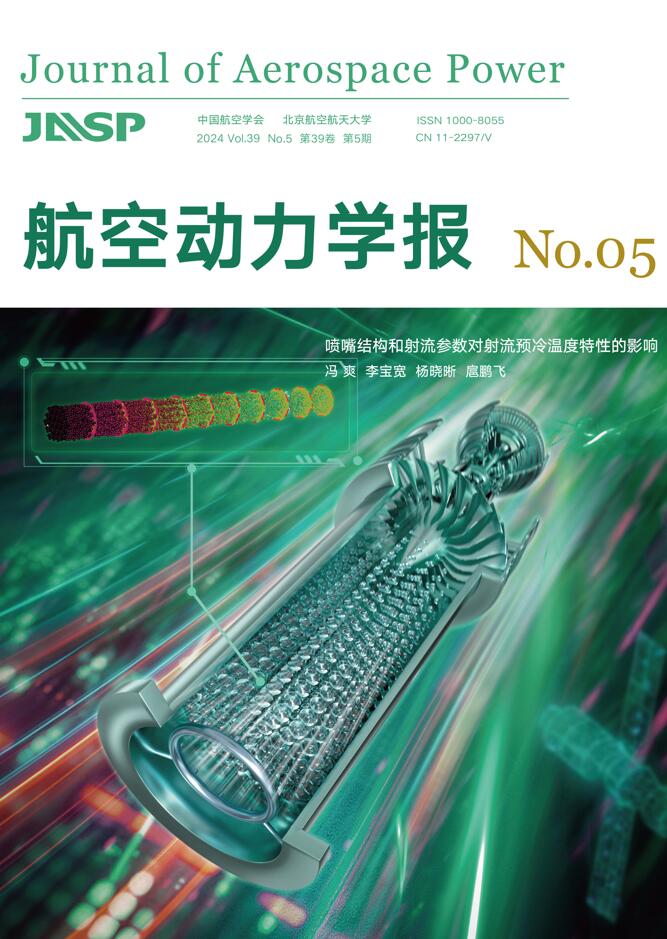2023 Vol. 38, No. 5
Display Method:
2023, 38(5): 1067-1074.
doi: 10.13224/j.cnki.jasp.20220648
Abstract:
Optimization design and performance for multi-layer thermal protection structure at high temperature
2023, 38(5): 1075-1082.
doi: 10.13224/j.cnki.jasp.20210601
Abstract:
2023, 38(5): 1133-1142.
doi: 10.13224/j.cnki.jasp.20220809
Abstract:
2023, 38(5): 1210-1216.
doi: 10.13224/j.cnki.jasp.20210542
Abstract:







